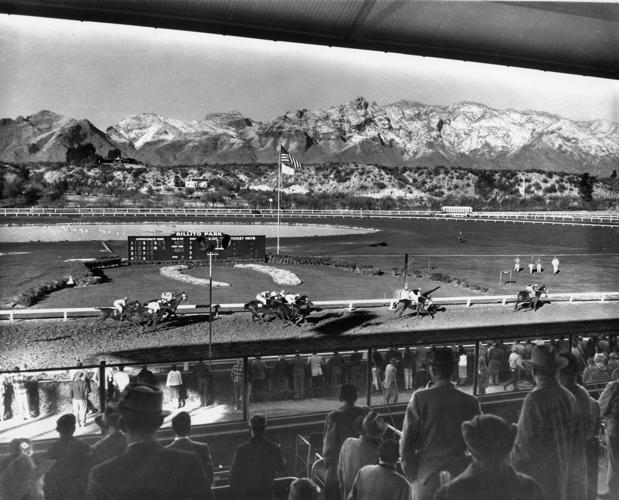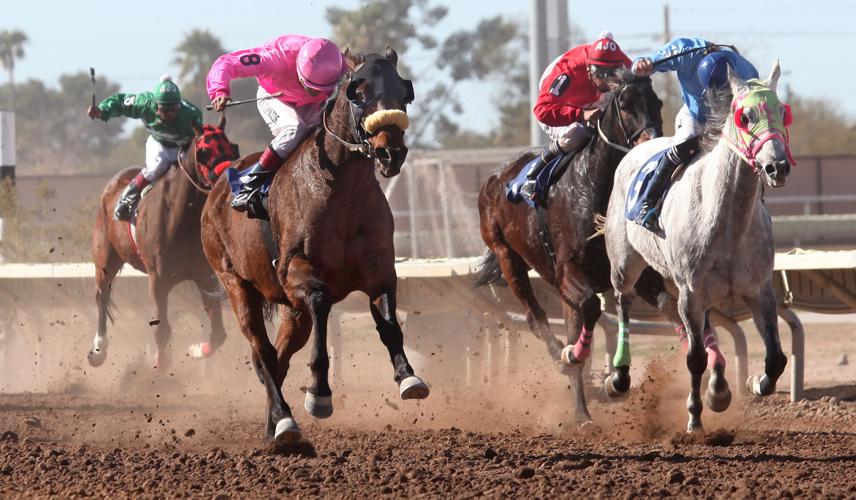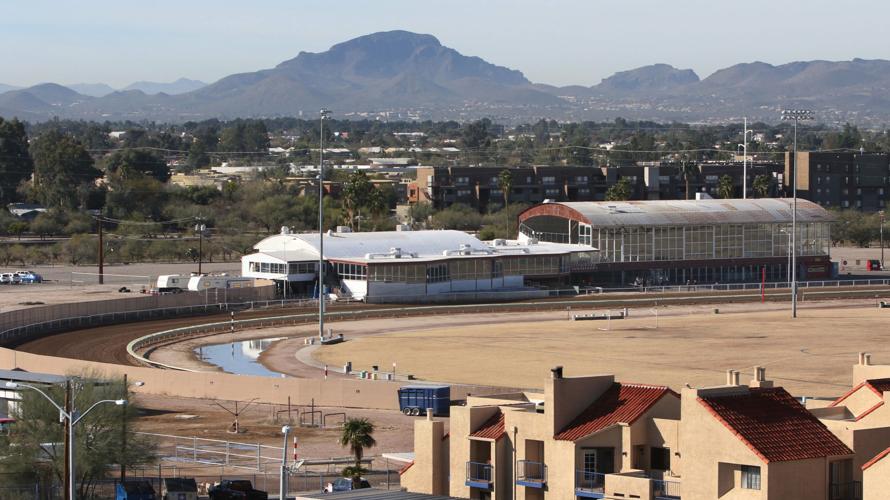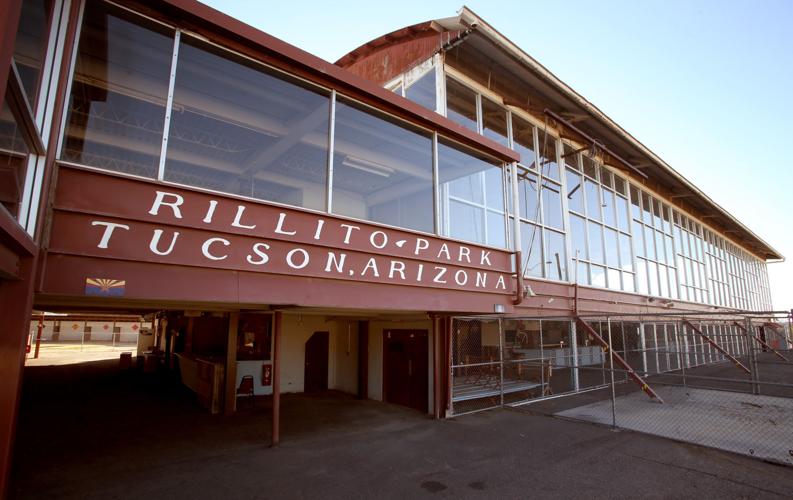With a unanimous vote in January, the Pima County Board of Supervisors kept horse racing at Rillito Park alive for another five seasons.
But results from the first season, which concluded in late March, were a mixed bag.
While betting, sponsorships and concessions were up over the previous year, paid attendance — just shy of 23,000 people — was down about 15 percent.
Nearly 39,000 paying visitors came during the 2015 season, when there were 19 days of racing. There were 14 days this year for an average daily attendance of 1,642, the lowest among the four years of data included in an end-of-season summary. There were 27,000 paid attendees and 12 days of racing last year.
Supervisor Sharon Bronson, who attended a post-season meeting with racing representatives, said “the operators of the track now are doing their best to make a go for it,” but added later: “If this is something that the community wants to see continue, then we need to step up and get the attendance up, because without increased attendance, I don’t know how you make the numbers work.”
Jaye Wells, president of the Rillito Park Foundation, chalked up some of the attendance shortfall to a nearly rained-out weekend early in the season, and also the fact that it wasn’t clear there would even be a season until just weeks before it was slated to start.
Wells said that with next season assured, which will be the historic track’s 75th anniversary, outreach can begin much earlier to get attendance figures up. There’s also the possibility of the Budweiser Clydesdales performing next year, which has been a biannual tradition at the track. Rillito is cited as the “birthplace” of quarter-horse racing.
While in-person betting on live Rillito races was up only slightly, bets made remotely from around the world made were up dramatically, climbing from roughly $240,000 last year to $720,000. That explains most of the total year-to-year wagering increase. While the track’s take of such bets is much smaller than live, in-person betting, the potential volume is dramatically higher, as the pool of potential bettors is global.
Bronson agreed that the improved wagering figures are welcome news, but emphasized that local attendance was the most important metric for evaluating the viability of horse racing.
“We have many many competing interests, and we have to weigh our decision on how best to use public places based on demand from the residents of this county,” she added.
Rillito Park is also home to a number of sports fields. Some soccer advocates have pushed for converting the entire park to fields and moving horse racing elsewhere, something county officials say is not financially feasible.
Sponsorship and advertising nearly doubled to $138,000, and concessions were up $50,000 to $380,000, the second-highest figure for the four years.
Rillito Racing Inc., which oversees park horse racing and is a part of the foundation, pays the county $1,750 for every race day, as well as 50 cents for every paid attendee. Last year, the county took in around $47,000 from Rillito horse racing and roughly $116,000 from all park users.
In fiscal year 2016, the county spent about $494,000 on maintenance and operations at Rillito Park, and another $15,000 on the racetrack itself, according to a recent budget document.
Beyond the future of local horse racing, a $1 million donation from the Bert W. Martin Foundation was also dependent on the unanimously approved January contract extension. That money will pay for a number of repairs at the aging racing facilities, beginning with reassembly of a number of horse stalls. A planned site inspection will be used to determine which additional repairs and improvements to prioritize in coming years.







